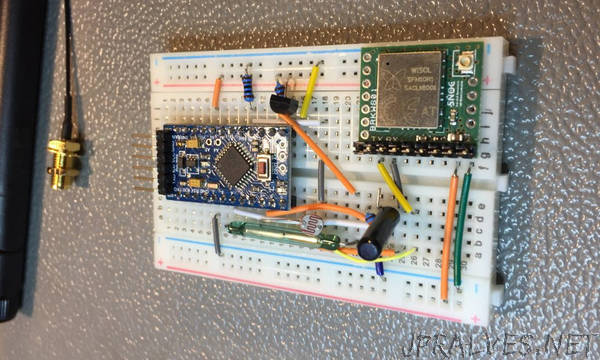
“Recently I wanted to create an Arduino-based low-power Internet of Things (IoT) device for makers, with built-in sensors that could be used to deliver sensor data from any location to the cloud, and potentially control connected devices such as thermostats, lights, door locks, and other home automation products. Along the way, I learned that creating a new IoT device, from idea to prototype to final product, is not as simple as I thought it would be, and there was no “ready-to-go” development device to start with. However, by figuring out how to do it, I created a new product called Siguino, an open source IoT circuit board, that I hope will make it easier and faster for other people to create their own IoT products.
Siguino is based on a low-power version of the Arduino Pro Mini that has onboard sensors and antenna and runs off a single battery. It also leverages Sigfox, a low-power wide area network designed to connect IoT devices to the cloud.
This article describes the stages to get from a very messy breadboarded (but working) prototype to a final, custom-designed printed circuit board (PCB) that others will hopefully be able to use.”
